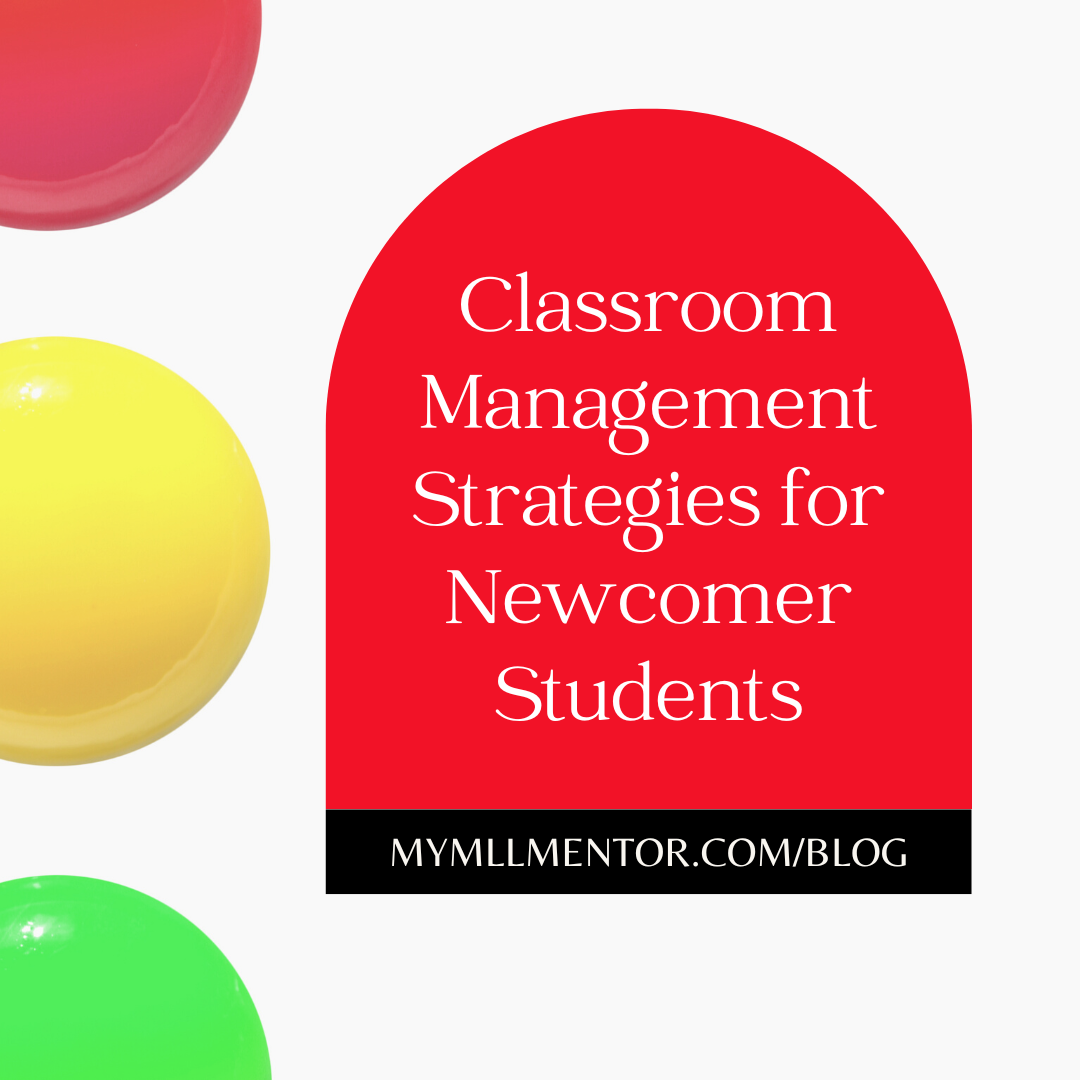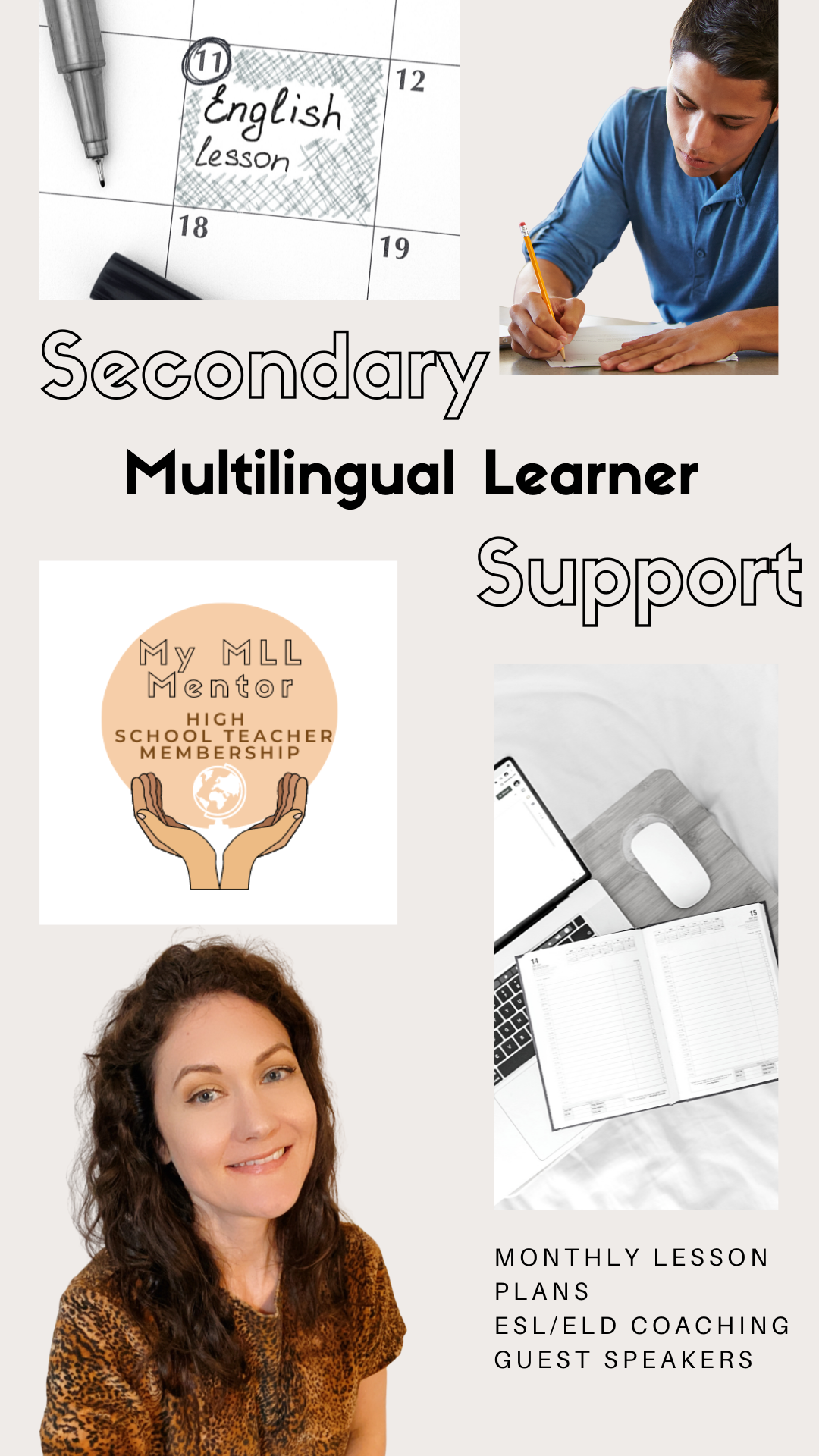|
I started teaching high school because the little ones seemed like a whole different world to me when I started teaching. I was in my 20s and didn't have children of my own yet. High school seemed fresher in my mind. It was a time when I had my own struggles and I felt I could connect with and support those in that age-range better. I just didn't think I was ready to be wiping boogers from noses yet (that's what I envisioned elementary to be, and middle school was that weird in-between that still seemed foreign).
Fast-forward and I have been teaching high-schoolers for about eleven years now. I love that I can have deep conversations with them (hello, INFJ personality type!) and just be a listening ear when needed. I am also not that bubbly teacher type, so I feel like this works out nicely (hello, occasional sarcasm). Now that I have children of my own, I do get the urge to be with the littles because they are just so dang cute! But I know they have different needs and it would be an adjustment. Some of the needs that I have found my high school English Learners need are a mix between the social and emotional support and academic support with language and scaffolding in my class as well as their content-area classes. Advocating for your MLLs I bet you didn't know that when you accepted your position to teach at your high school that you would also be a high school counselor? This may not be true for everyone and the degree to which you are involved may vary, but I have found throughout the years that even though we have an ESL counselor now at our school, I still need to stay on top of their credits and answer any credit questions they may have for graduation. I have had to go into their transcripts to verify their credits coming in to make sure their credits are correct and I have had to question counselors (which I try to do with the utmost respect!). Advocating also means communicating to faculty any important information for testing, best practices for instruction, and file sharing and updating on their progress. Constant contact is needed so keeping a good working relationship among your colleagues is a must for the sake of your students. You may use a program such as ELLevation or you may use your own monitoring and progress forms such as this one I created. Either way, keeping a system in place is important for keeping up with communication with your faculty. Language support and scaffolds Advocating also means that while you are checking in on their progress, you are making sure the language supports and scaffolds are effective in their classes. This might mean that you get together with your teachers and review them and see if there are any you need to add in or take away if they are progressing, which is of course our goal! We don't want to over-scaffold and hinder their language growth. For more on over-scaffolding, see this post. General scaffolding techniques depend on the language proficiency of your students. For example, if you have more newcomer-intermediate language learners, more visuals, word banks, sentence frames and stems, and use of the first language may be needed. If you have more advanced students, they may not need the L1 at all or even word banks. Their sentence stems and frames may look a lot different and have more complex language structure. Check out this scaffolding checklist and cheat sheet for more information on scaffolding! It's not as simple as just picking out some vocabulary words and grammar and calling it a day. Picking out language to focus on involves gathering information from students and looking at the text you are reading. There is definitely a process involved! Hopefully you have a curriculum that can help you with this. For guidance on knowing what language to pull out and teach, check out my high school teacher membership for teachers of multilingual learners and we go through this as well as other instructional strategies along with lesson plans provided. Social and emotional support By far one of my most favorite things about teaching high school is the connections I have made. I never would have thought this would be a big one for me. I never dreamed the relationships I would make and keep throughout the years. I keep in touch with some of my former students through social media and I love watching them get married, start new careers, graduate college, go on vacations, and have babies. This never would be possible without cultivating these relationships while they were here with me in high school. Some of the ways I like to show my support are by showing interest in their extracurricular activities. Before I had kids, it was easier to attend soccer games, but now it's hard to deviate from the after-school pick-ups and activities with my own children. So instead of physically being there for them, I love to engage in conversation around their lives and stories. I try to weave in things I know they like into my lessons which in turn keeps them sharing! And just a quick check-in like- how are we today?? Let's pause and chat a little about what we've got going on. The curriculum can wait 5 minutes for the connections that are being built. And if you learn any new information you want to save, you can always record it in a profile like this. What are some ways you have found support your language learners in high school? How do you make those connections and advocate for them? Share your ideas below.
0 Comments
Leave a Reply. |
AuthorI support middle and high school teachers through monthly lesson plans, coaching, and guest speaker offerings in our Secondary ESL Teacher Membership. Archives
April 2023
Categories
All
|


 RSS Feed
RSS Feed
